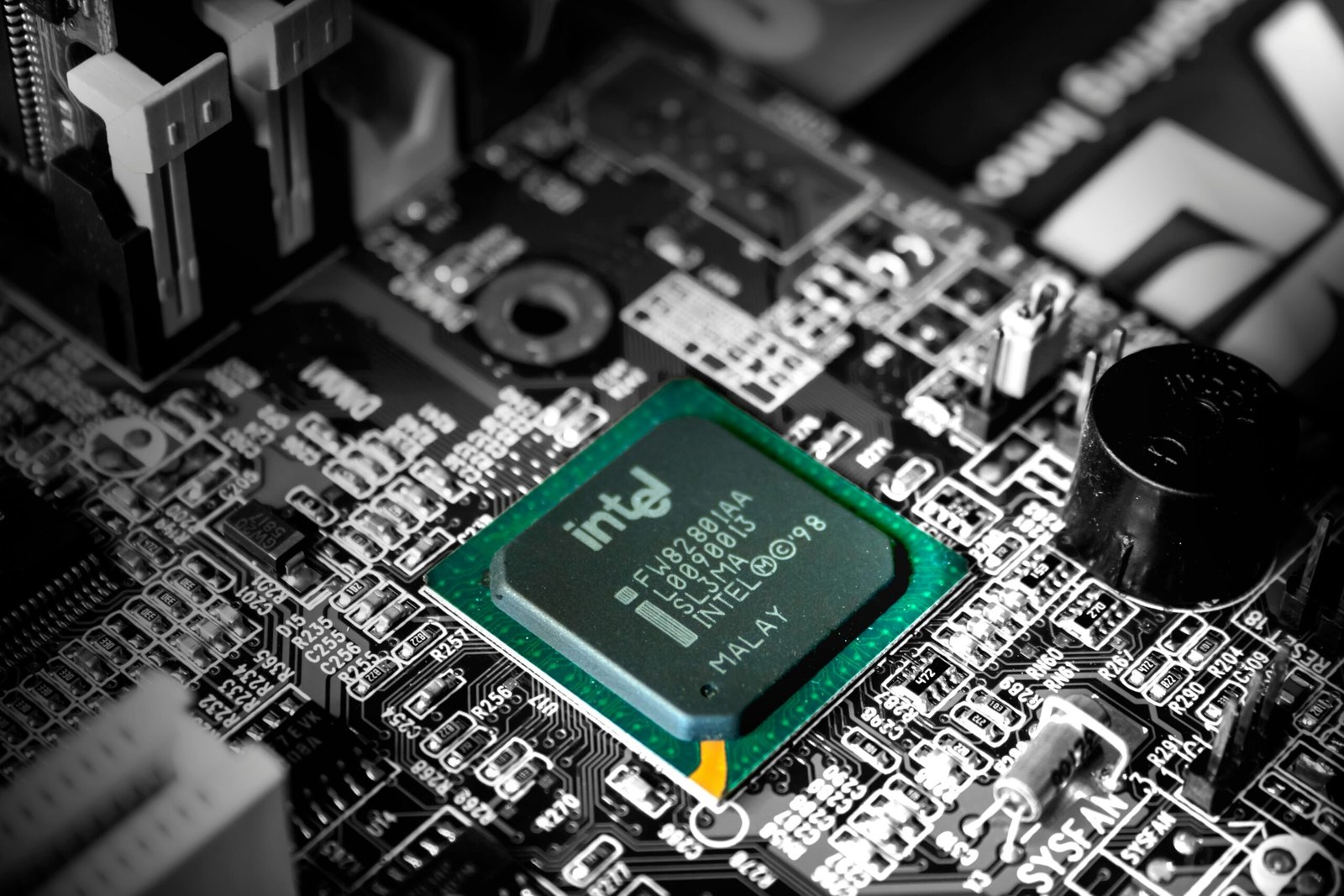Introduction to Artificial Intelligence
Artificial Intelligence (AI) refers to the simulation of human intelligence in machines programmed to think and act like humans. This captivating field has roots as far back as the 1950s, when pioneers, including Alan Turing, began exploring the potential of machines to perform tasks that typically require human intelligence. The evolution of AI has been marked by significant milestones, including the development of expert systems in the 1980s and the advent of machine learning techniques in the 2000s, which have propelled the field to new heights.
Despite its growing prominence, there are numerous misconceptions surrounding AI. Many people equate AI solely with robots or autonomous vehicles, overlooking the fact that AI technologies manifest in various forms across different sectors. For instance, AI powers recommendation systems on streaming platforms, virtual assistants such as Siri and Alexa, and even customer service chatbots. These applications demonstrate the versatility of AI in enhancing efficiency and decision-making in daily life.
AI’s influence extends beyond consumer applications; it plays a crucial role in sectors such as healthcare, finance, and agriculture. In healthcare, AI systems assist in diagnosing diseases by analyzing medical images and predicting patient outcomes based on historical data. In finance, algorithms analyze market trends to optimize trading strategies, while AI-driven technologies in agriculture help farmers better manage resources and increase crop yields. These applications highlight the transformative potential of AI, addressing complex challenges and improving operational efficiency across various domains.
As AI continues to advance, it is important for individuals to understand its implications. Recognizing the potential benefits and risks associated with AI will allow for informed discussions about its role in society. This article aims to provide insight into the current landscape of artificial intelligence, its ongoing impact, and the future it may shape for all of us. Through this exploration, readers will gain a deeper appreciation of why AI remains a pivotal topic in today’s world.
The Impact of AI on Various Industries
Artificial Intelligence (AI) is increasingly becoming a cornerstone of innovation across multiple sectors, fundamentally transforming operations and enhancing efficiency. In healthcare, for instance, AI algorithms are now capable of diagnosing diseases with remarkable accuracy. A notable example is Google’s DeepMind, which developed an AI system that can detect eye diseases as accurately as expert ophthalmologists. This capability not only speeds up the diagnostic process but also significantly increases the chances of successful treatment for patients.
In the finance sector, AI applications are revolutionizing risk assessment and fraud detection. Financial institutions are using machine learning algorithms to analyze vast amounts of transaction data in real time, identifying fraudulent activities faster than traditional methods can. According to a report by Accenture, financial firms that embrace AI could increase profitability by up to 38% by 2035, highlighting the substantial financial advantages of adopting these technologies.
Transportation is another industry significantly impacted by AI. The emergence of autonomous vehicles represents a major shift towards safer and more efficient road systems. Companies like Tesla and Waymo are leading in developing self-driving technologies that rely on AI to enhance navigation and decision-making processes. Not only do these advancements aim to reduce accidents, but they also promise a paradigm shift in supply chain logistics, with AI optimally routing deliveries.
Lastly, the education sector is leveraging AI to provide personalized learning experiences. Platforms using AI analytics can adapt to an individual learner’s pace, tailoring coursework to meet diverse needs. For example, AI-driven tutoring systems have shown promising results in improving student performance and engagement.
The data indicates that industries embracing AI technologies are witnessing increased efficiency and productivity. However, these advancements bring forth challenges such as ethical considerations and workforce displacement, necessitating a careful approach to AI integration. The journey toward harnessing AI’s full potential remains ongoing, with continuous research and application shaping its impact on our world.
SEO Best Practices for AI Content
In the evolving landscape of digital marketing, the importance of Search Engine Optimization (SEO) remains paramount, particularly with the emergence of AI-generated content. To maximize the visibility and impact of AI-related articles, it is crucial to implement best practices that enhance both search engine rankings and user engagement. The strategic integration of primary and Latent Semantic Indexing (LSI) keywords is one such essential practice. These keywords help search engines understand the context of the content, thereby improving relevance in search results.
When crafting your article, begin by identifying your focus keyword along with its synonyms and closely related terms. This ensures that your content is naturally aligned with the queries users may input into search engines. Incorporating these keywords within the title, headings, and body text, all while maintaining a fluid reading experience, is vital. However, caution should be exercised to avoid keyword stuffing, which can detract from the quality of the content and harm rankings.
Another integral aspect of effective SEO is creating engaging meta descriptions. These brief summaries appear in search results and serve as a first impression for potential readers. A compelling meta description should succinctly summarize the content while incorporating relevant keywords. This not only attracts clicks but also enhances the likelihood of user engagement and satisfies the search engine’s criteria for informative content.
Finally, structuring your content effectively for search engines involves organizing information in a coherent manner. Utilizing headings, bullet points, and short paragraphs not only aids readability but also provides search engines with clear indicators of content hierarchy and relevance. By focusing on these SEO best practices, writers can significantly enhance the visibility of their AI-generated articles, ensuring that they reach and resonate with a wider audience.
Conclusion and Call to Action
The advent of artificial intelligence (AI) marks a transformative chapter in human history, shaping a multitude of sectors ranging from healthcare and education to finance and transportation. As we have explored throughout this blog post, AI is not merely a technological advancement, but a pivotal force that is redefining how we live, work, and interact with the world around us. Its ability to process vast amounts of data, learn from experience, and make informed decisions is revolutionizing industries, optimizing efficiency, and driving innovation at an unprecedented pace.
However, the challenges posed by the rise of AI cannot be overlooked. Ethical considerations, job displacement, and data privacy are pressing concerns that require careful deliberation and proactive measures. It is essential for individuals and organizations alike to engage with these issues critically, ensuring that AI development aligns with societal values and promotes equitable outcomes. The responsibility of shaping AI’s future lies not only in the hands of technologists but also with policymakers, educators, and the public.
As we conclude this discussion, we encourage you to reflect on how AI impacts your own life and work environment. Consider the opportunities that AI presents for enhancing productivity and creativity, as well as the potential risks that need to be managed. We invite you to engage in this ongoing conversation by sharing your perspectives in the comments section below. Furthermore, if you found this article insightful, please consider sharing it on your social networks. Your participation is invaluable as we navigate this complex and rapidly evolving landscape of artificial intelligence together.




